
A new study has brought to light how native bat species in Madagascar are playing an important role in the control of agricultural crop pests. If more attention and information was brought to this, zoologists from the University of Cambridge believe that bats could reduce the financial strain on farmers for chemical pesticide use as well as the need to convert forests into fields.
Madagascar’s forests are being converted into agricultural land at a rate of 1% every year, resulting in major losses to the areas natural biodiversity. The reason for this dramatic level of deforestation is due to the destructive effects of pest insects on rice, causing major crop losses in existing fields, which in turn results in more land being cleared to produce more rice.
However, not all local species are being negatively affected by the increasing land type. It has been found that some of the native insectivorous bat species are thriving, which is an important factor for both local farmers and conservationists.
An international team of scientists including Richard Rocha from the Zoology department at Cambridge University discovered that a number of indigenous bat species were adjusting to the local habitat changes, with more bats feeding in agricultural areas to take advantage of the increased insect populations. Some of the bats identified were the Malagasy white-bellied free-tailed bat (Mops leucostigma) and the Malagasy mouse-eared bat (Myotis goudoti).
“These winner species are providing a valuable free service to Madagascar as biological pest suppressors,” said Richard Rocha from Cambridge University in ScienceDaily. “We found that six species of bat are preying on rice pests such as the paddy swarming caterpillar and grass webworm. The damage that these insects cause puts the island’s farmers under huge financial pressure and that encourages deforestation.”
By using state of the art ultrasonic recorders and molecular analysis to study the feeding activity of farmland bats, the researchers recorded over a thousand bat ‘feeding buzzes’ at 54 sites bordering the Ranomafana National Park. The findings revealed that bat activity was greater over rice fields than compared to continuous forest (seven times higher over irrigated fields, and sixteen times higher over hillside fields). It was suggested that hillside fields were favoured by the bats because these areas contained the worst water and nutrient conditions, resulting in more susceptible crops to insect infestations.
By analysing bat droppings, the researchers were able to detect economically important pest insects in all six of the bat species samples; reinforcing the concept that farmers are benefiting from local bat populations by feeding on pest insects. Whilst rice pests were found to be the highest in the dropping samples, other economically important crop pests were also found, such as the sugarcane cicada (Parnkalla muelleri) and the macadamia nut-borer (Cryptophlebia ombrodelta).
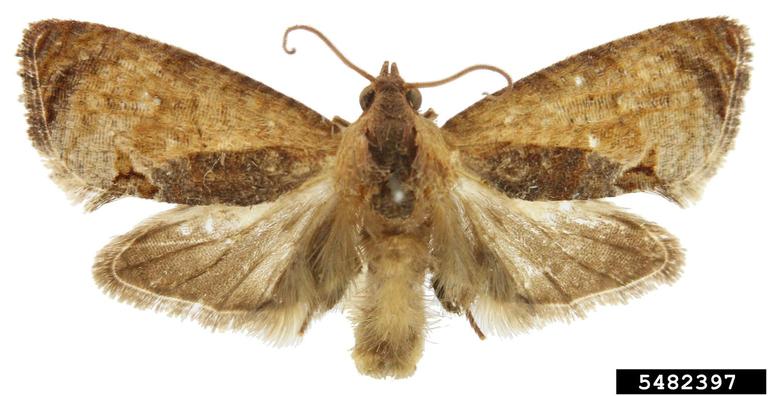
“The effectiveness of bats as pest controllers has already been proven in the USA and Catalonia,” said co-author James Kemp. “But our study is the first to show this is happening in Madagascar, where the stakes for both farmers and conservationists are very high.”
It has been argued that improving bat biodiversity and population numbers could improve crop yields and promote sustainable farming. Further research is needed to evaluate this, as in Madagascar, bats fall under game species legislation and are not protected in the country.
“Bats have a bad reputation in Madagascar because they are seen as a nuisance when they roost in buildings,” said Rocha. “The first problem is that while these bats are benefiting farmers, deforestation is also denying them places to roost. With the right help, we hope that farmers can promote this mutually beneficial relationship by installing bat houses.”
To develop the reasons for the protection of bats in Madagascar further, the study also found that the six bats species fed on mosquitos, which are known vectors of malaria, Rift Valley fever and elephantiasis.
If you would like to read further on this subject, please see the links below:
4 Comments
Leave a Reply
Related News & Blogs
Five yield-threatening pests and diseases of rice
Pests and diseases of rice are a significant constraint in rice production, accounting for up to 30% of yield losses. Rice is cultivated in over 100 countries and is a staple food source for over half the world’s population. Therefore, the sustainable…
28 November 2023

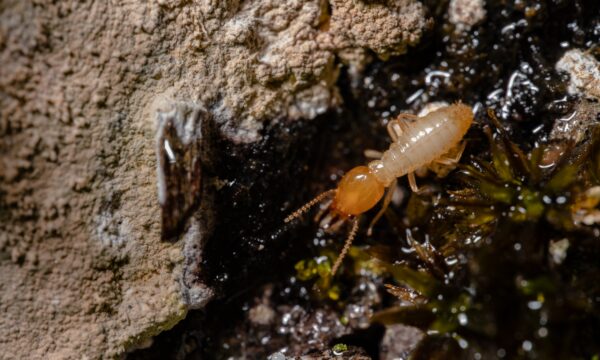
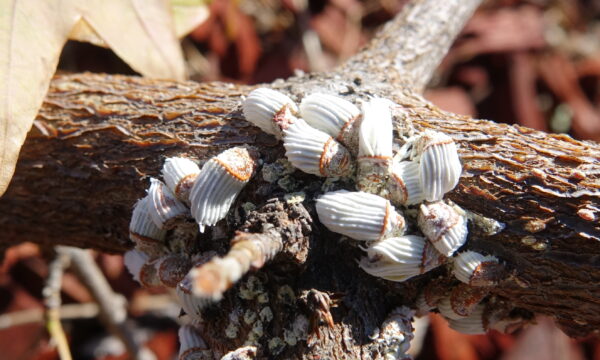
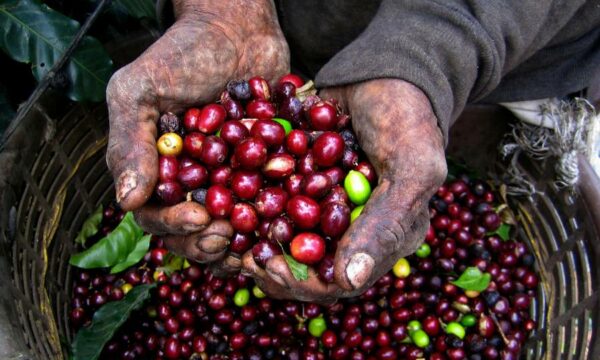
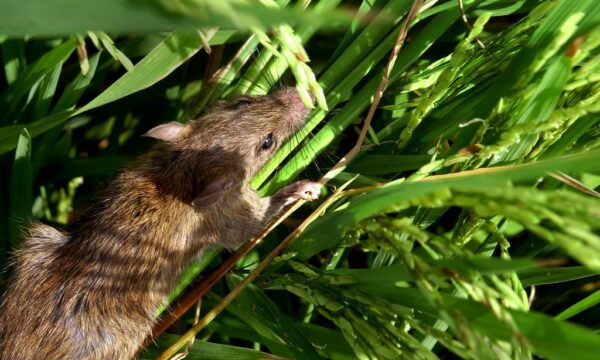
[…] Agricultural pest control by bats in Madagascar […]
Nice information
Very much appreciated. Thank you for this excellent article. Keep posting!
Thank you for the information